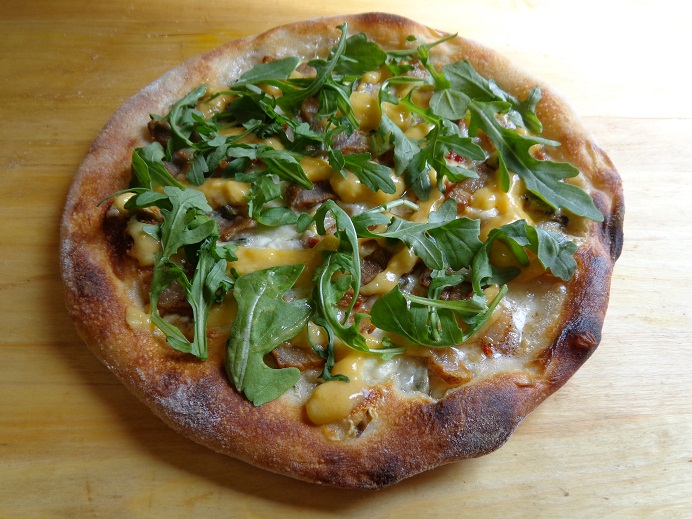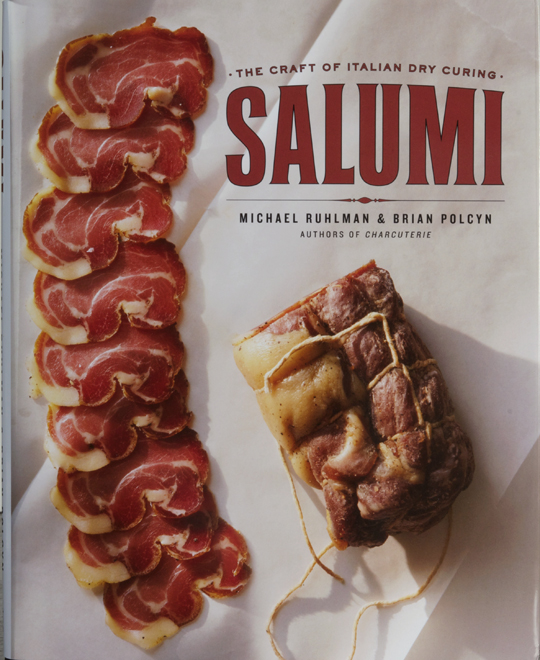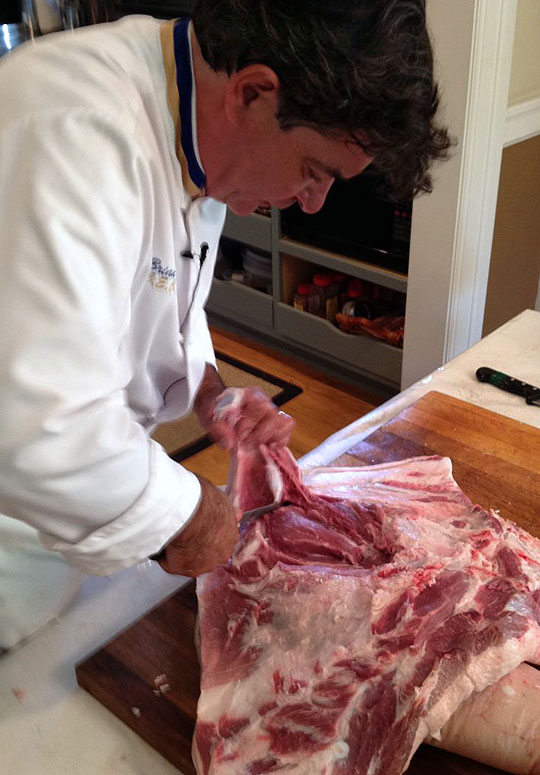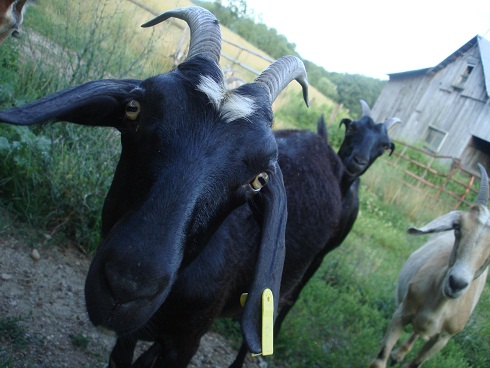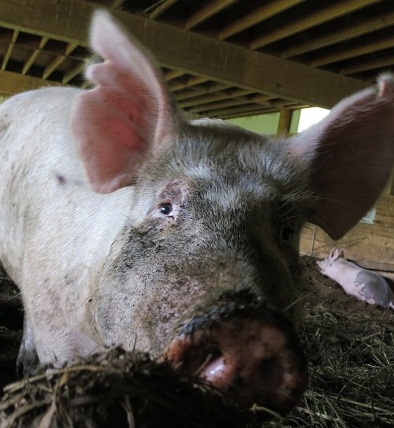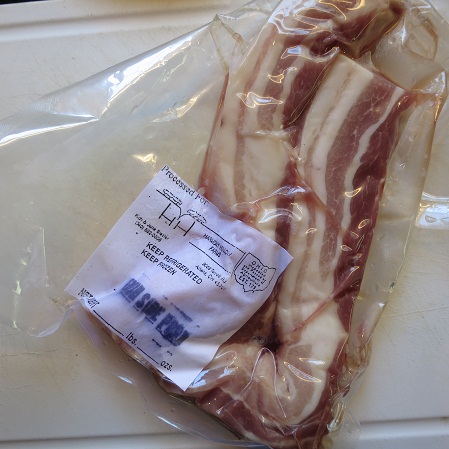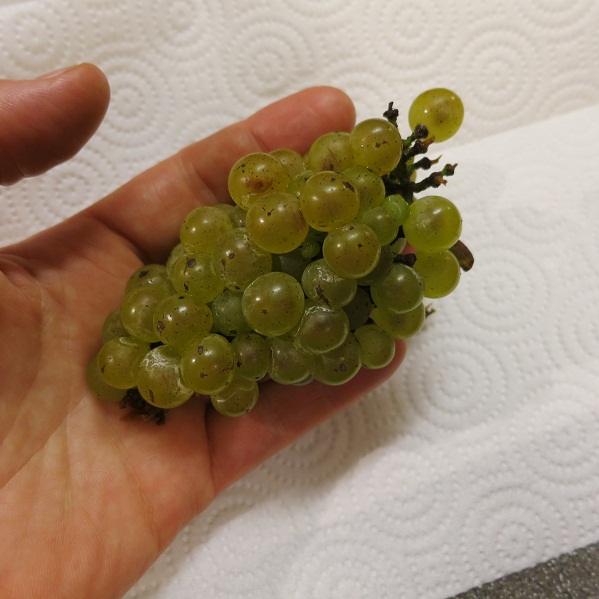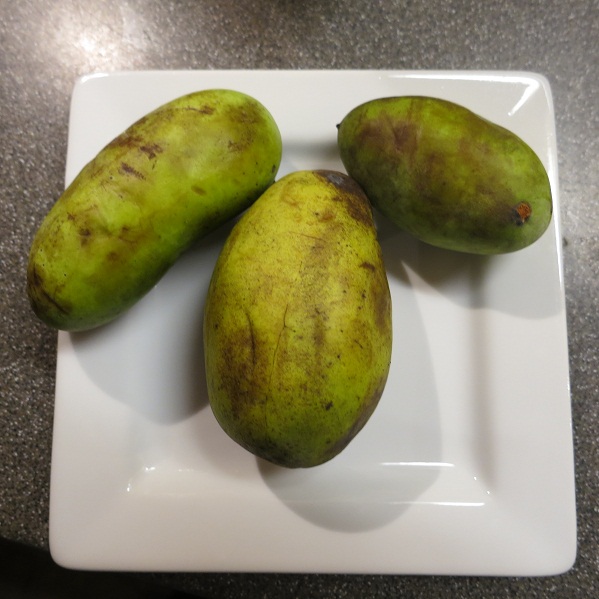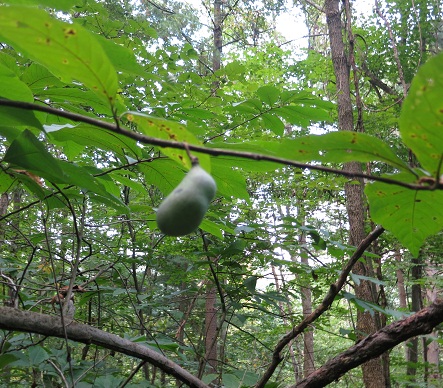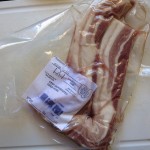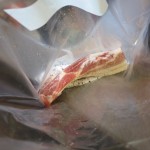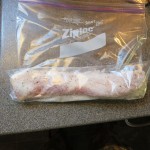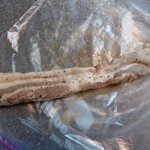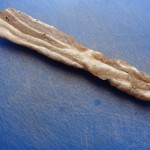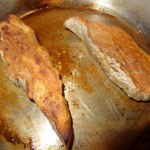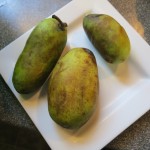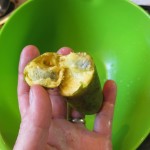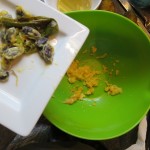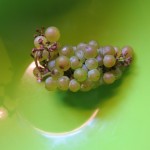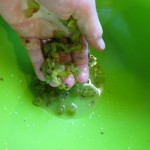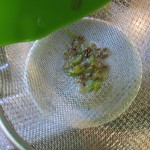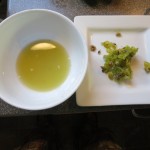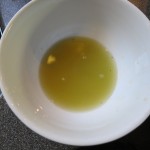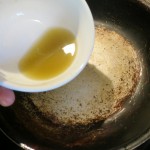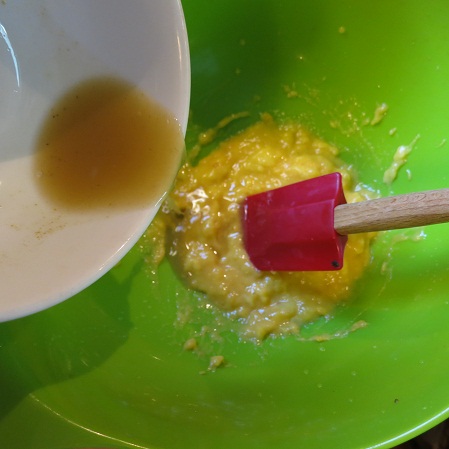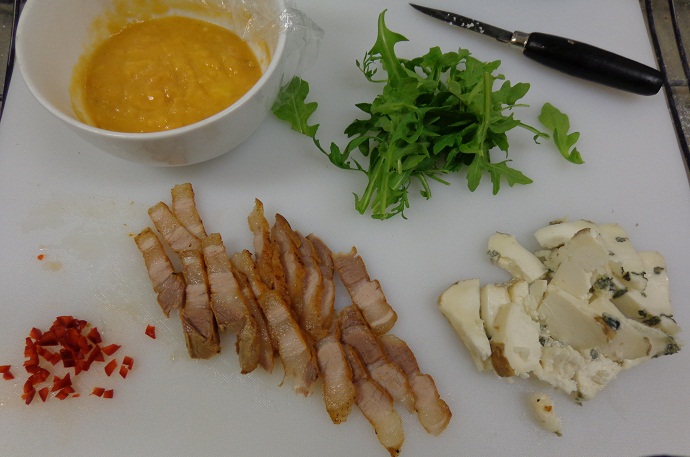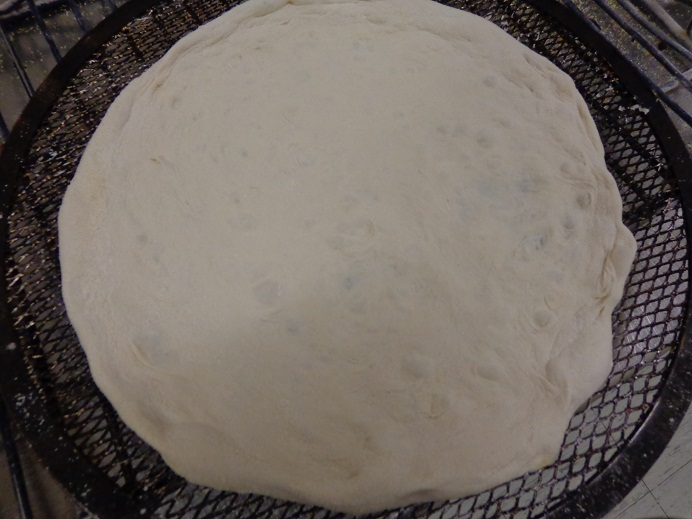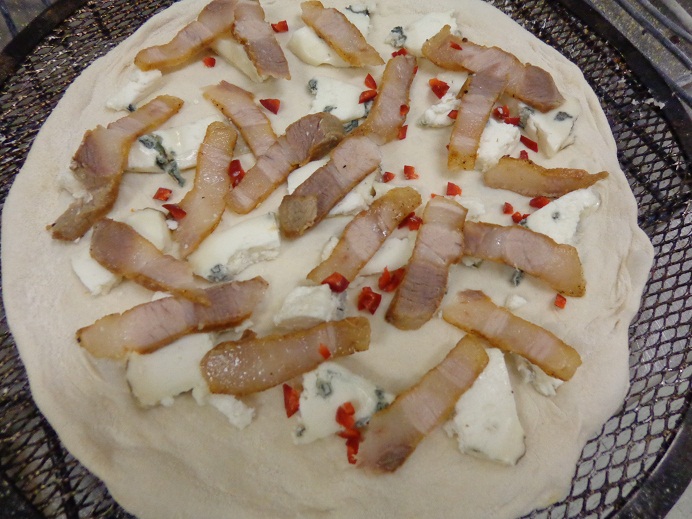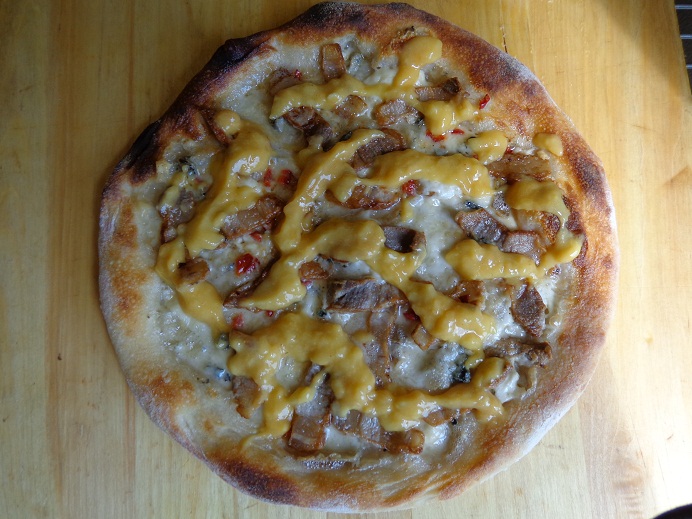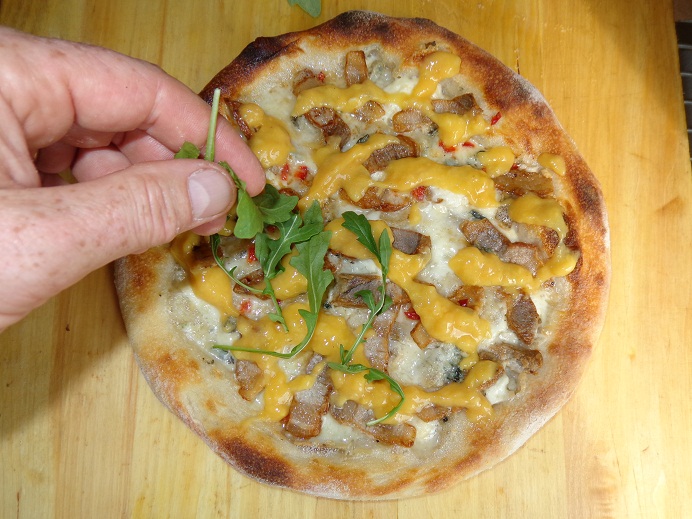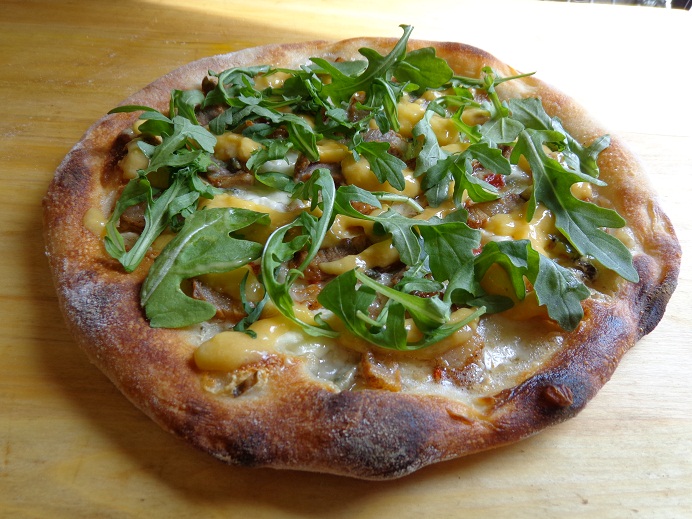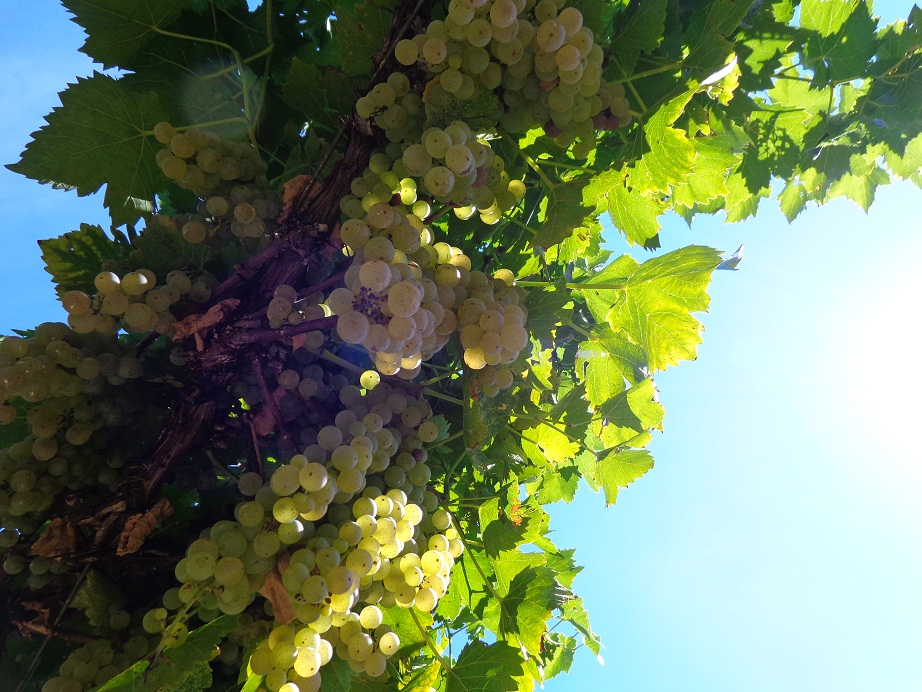
It was harvest time at Shade Winery a few weeks ago and Neal Dix had invited me for a visit. Needless to say, I think he regretted it.
“So these are chardonnay?”
“No John, for the last time, those are Vidal Blanc grapes.”
“And the purple ones are Shriaz?”
“Jeeez dude, no. I’ve told you twice, those are Cabernet FRANC.”
I knew I was stressing Neal out. But I was overwhelmed at the amount of grapes this guy is raising. Neal is a fabulous guy who is sooooo into his craft that I get inspired every time I talk to him and don’t feel so bad as a self-described “Pizza obsessive.” I just keep messing up with my stupid questions like last month when I asked, “So Neal what kinda grapes ya growin’ this year?” That set him off on a quick but focused tutorial on how long grape vines take to mature and how stupid I was for thinking they grew like tomatoes.
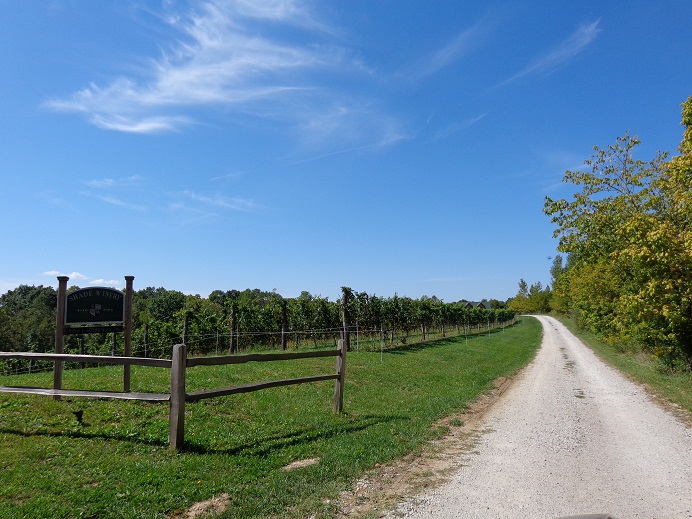
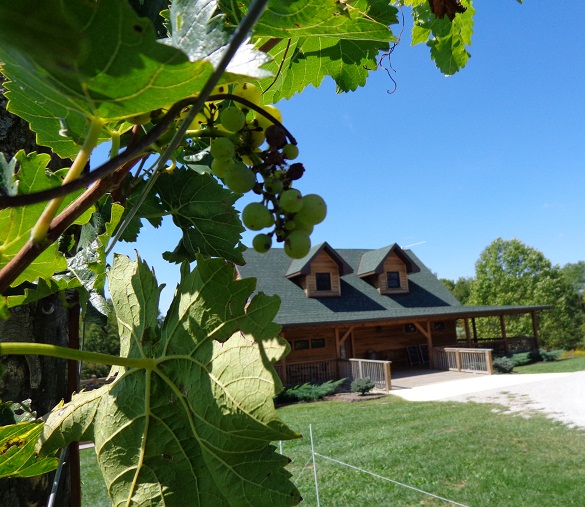
Shade Winery location is fabulous because it sits on a high finger ridge above the Shade River just outside of Athens, Ohio but being there makes you feel like you are in the hills of the Emiglia Romagna in Italy.
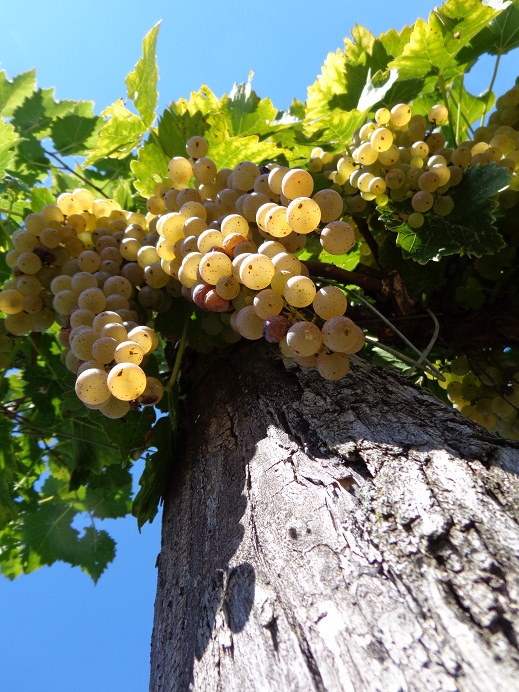
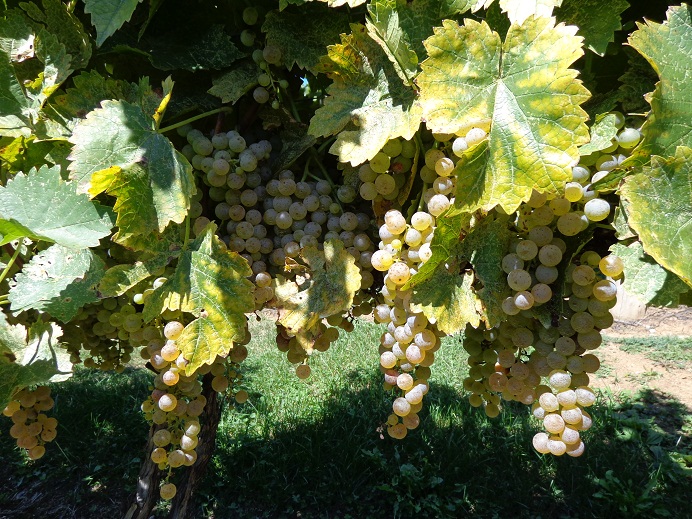
The winery has been open for eight years and Neal and his wonderful wife Oui have built a beautiful tasting and banquet facility in the winery itself. It’s from here that you can sip a wonderful glass of Vidal Blanc or Ohio Chambourcin while listening to a great band or just mellow out and watch the grapes grow fat and the hawks and turkey buzzards fly high on the thermals overhead.
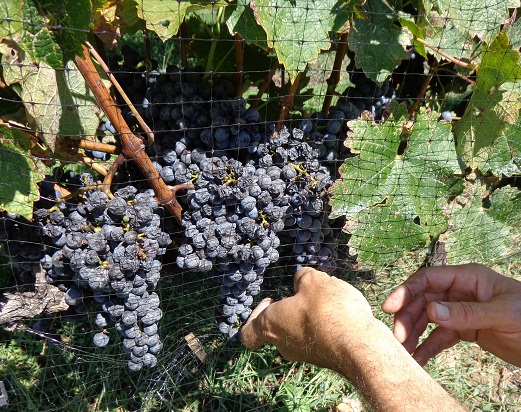
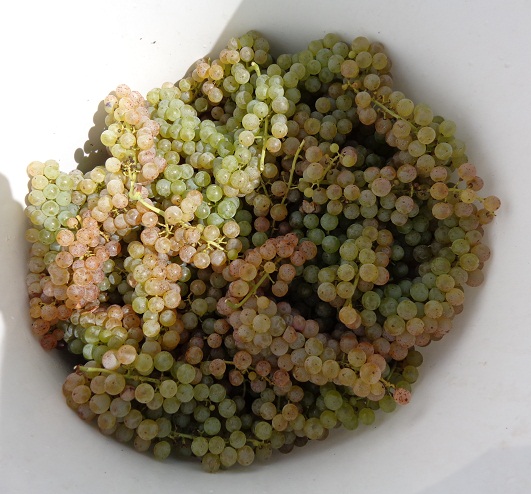
(Left) is the Cabernet Franc grape and (right) is the Vidal Blanc grape from Shade Winery.
Here is Neal in a very interesting video explaining the art of the grape!
I asked why some of the grapes were missing the bottoms. Neal said the rabbits can just barely get to the last sweet orbs. Check out this damage in the pics below. He didn’t seemed too concerned about it but this activity gave me a great idea for a pizza.
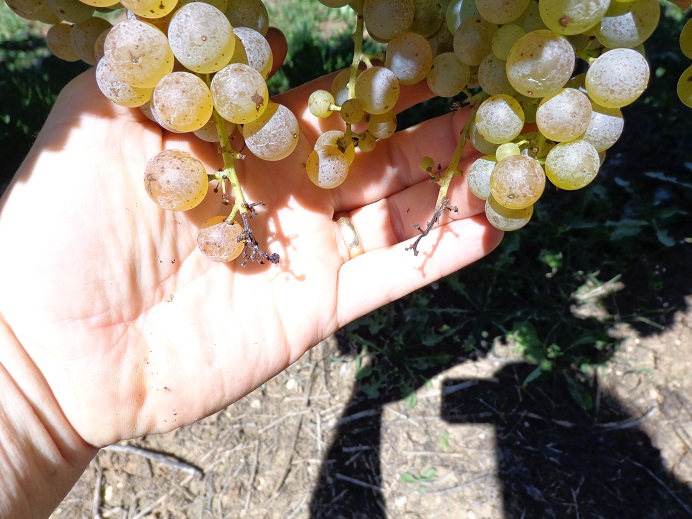
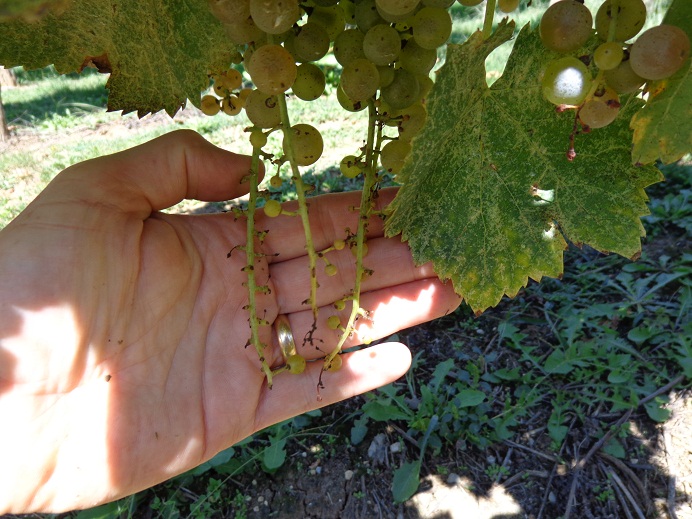
So, whatta ya thing of a little bunny payback with some Harmony Hollow rabbit for this pizza. It’s the perfect circular way of life. The rabbits eat the grape and we eat the rabbit. Yum.
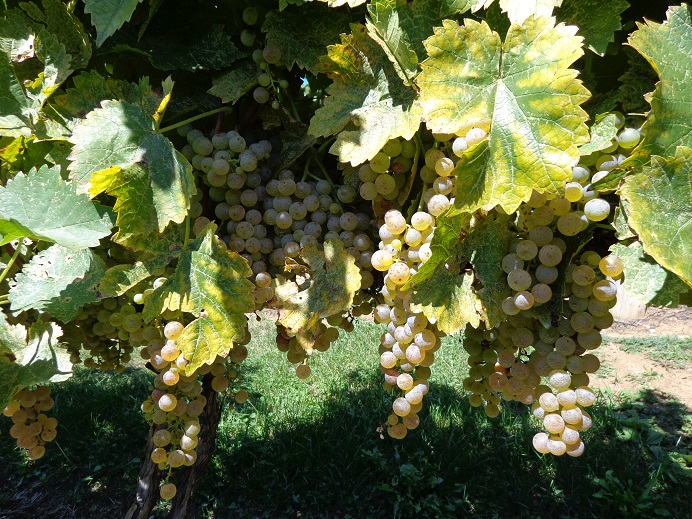
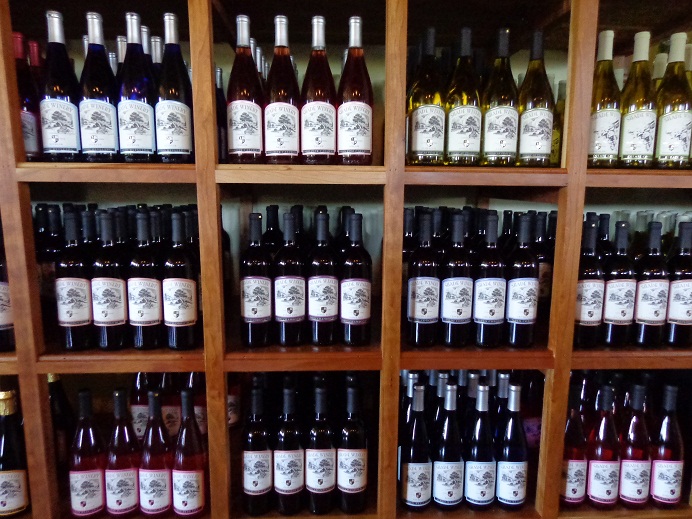
Shade Winery is such a fun place to visit. Neal and Oui have started a fabulous sustainable business from mountainside and a great idea. I encourage everyone to visit and taste thier fabulous wines. Now, I’ve gotta get started on a pizza. First, I have to harvest the yeast from the grapes.
Let’s get on with harvesting the natural yeast from the Vidal Blanc and Cabernet Franc grapes: Day 1
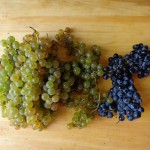

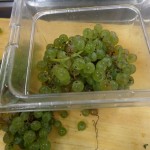
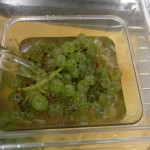
Fill a container with non-chlorinated spring water, add 2 bunches of grapes.
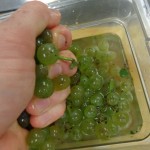
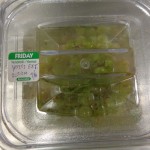

Crush another bunch of grapes into the water. This will introduce sugars that the yeast will feed upon. Cover and place in a warm place for three to five days depending upon the heat. (I covered this because of the unnatural yeast floating around my pizzeria, but you can place with a cheesecloth in a home kitchen.) Anything over 70 degrees should only take three days. When a film of gnarly looking bubbles that resembles pond scum forms on the water, you have active yeast forming.

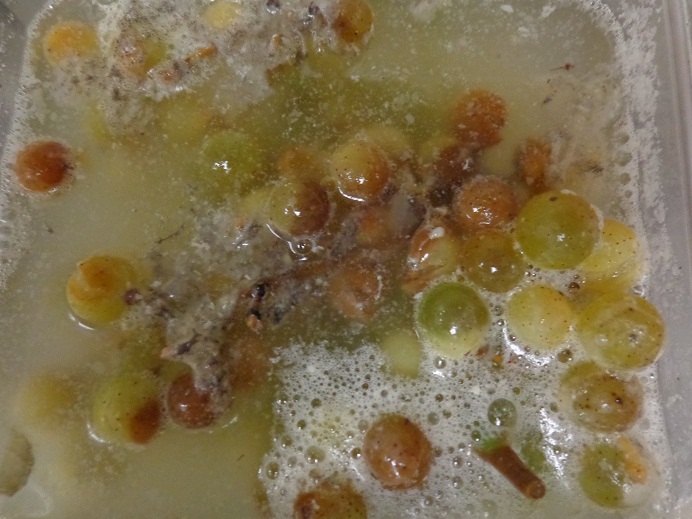
Day three (left.) and Day four (right.)
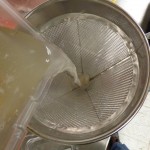
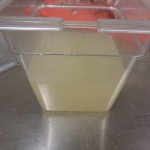
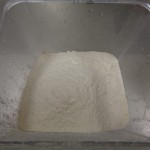
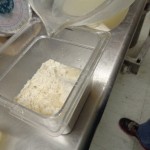
Day 4: Strain the liquid into a new container and take one cup of the yeasty liquid and add two cups baking flour as this has more protein than all-pourpose flour.
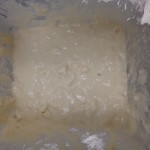
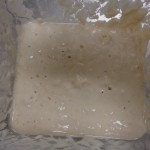
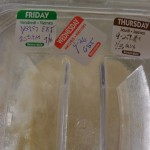
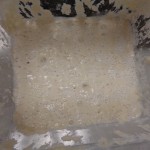
Leave the first feeding to sit for 24 hours, you should see some small activity happening with bubbles appearing on the surface by the next day. If you don’t, just wait, this first feeding may take some time. When definate yeast feeding activity is taking place, take 50% of the mix out and in a new container, add double the amount of that mix in flour to the mix and enough water to make a slurry (like a thick pancake batter.) Leave for another 24 hours. The activity will be noticably stronger now after the third day with flour. Now is time to use the 80/20 method- take 80 percent of the active slurry out of the mix and replace with 80 percent new flour and enough water to make that thick batter again. After another 12 hours do this again. By this time the starter will be incredibly active and it is time to slow the starter down to develop the wheaty characteristic that any dough needs. I usually place in the fridge for 24 hours to retard the yeast and concentrate the flavor. When I took the starter out, I fed it one final time using more flour this time to make a more doughy starter…kinda like taking 80% out and adding 100% of flour back to the 20% starter.
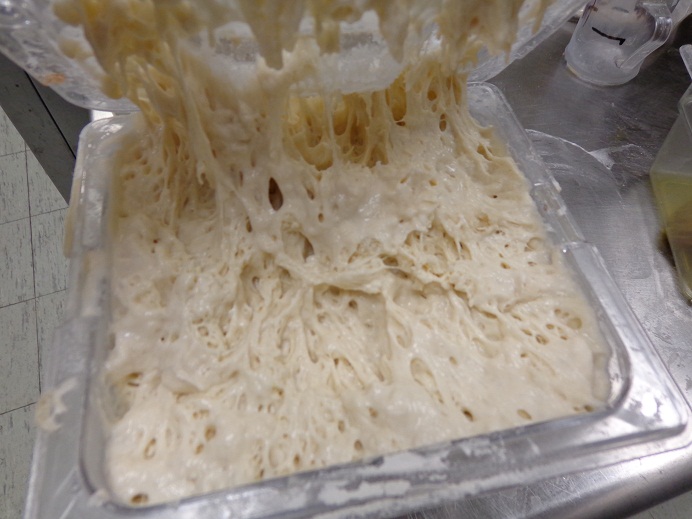
The starter will look like a frenzy of activity and some sort of cheese and smell like a fruity drink with just a tinge of alcohol. If it is too alcohol smelling, feed it again using more flour and wait 5 to 10 hours.
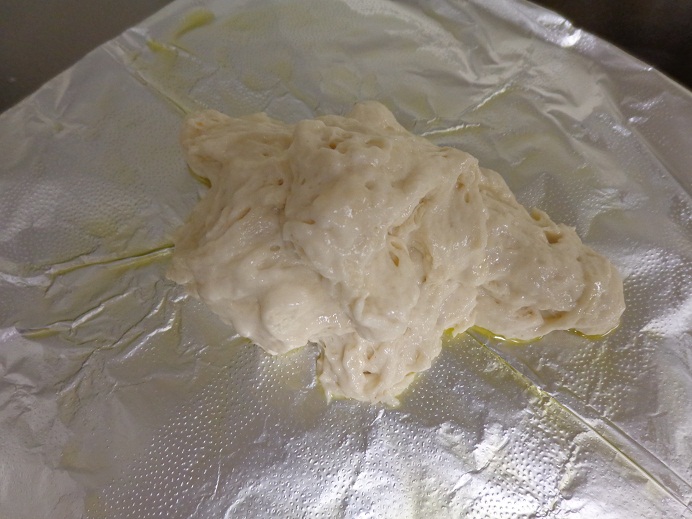
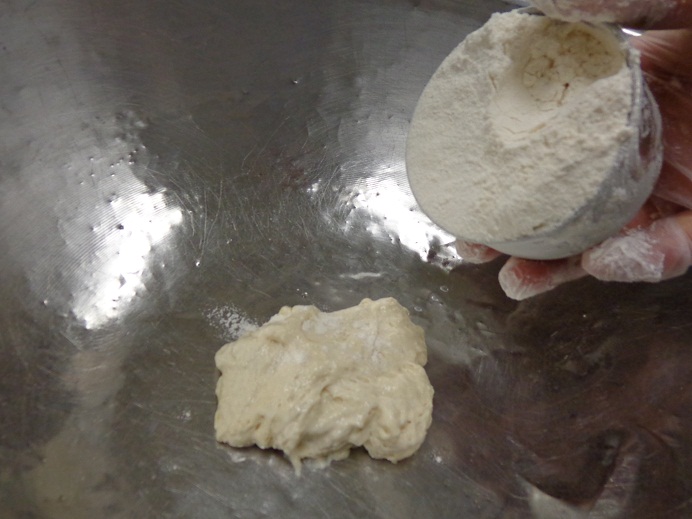
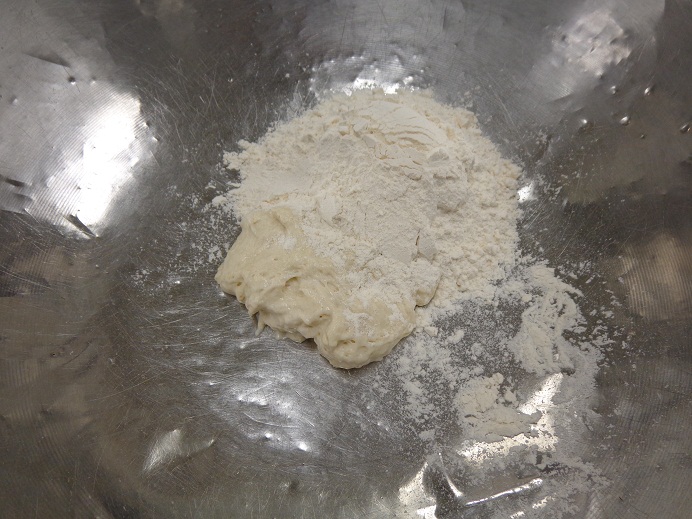
After that final feeding, I waited 12 hours,then took four ounces of the starter and put it in a bowl with one cup of high protein flour (bread flour will suffice,) and three-quarters cup of water,
It was just a little mushy as I mixed so I added a sprinkling more of flour and one teaspoon salt. That was it, my final mix. I covered the bowl and let it sit in my walk-in overnight to develop flavor and retard the growth of the yeast. In the morning, I took it and placed it near my pizza oven at about 75 degrees to let it double in size which took about 4 hours. (yes, natural yeast without the help of malt rises slooooooowwwwly.)
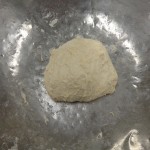

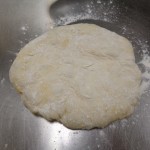
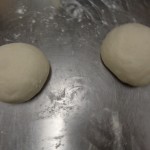
When I got to it, It weighed about 15 ounces and I cut it in half, then balled it back up and put it back in the bowl with a cover and set it back near the oven. After 2 more hours, I formed a disc.
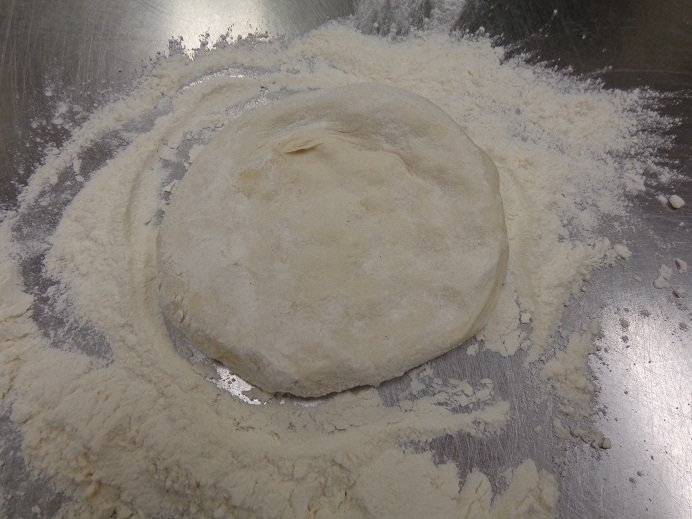
Now, it all starts here! Wait till the next pizza post when I put this bodacious dough to make a fab pie.


First, Do you remember all the starter I supposedly tossed out from our 80/20 discard? Well, I hate to throw anything away so I made a giant batch of starter and fed and fed with no refrigeration at all. I then made some great mini ciabatta for my friends at the Fur Peace Ranch, (above) and added some local spelt, dried cherry and walnuts for some wonderful couronnes, (below.)
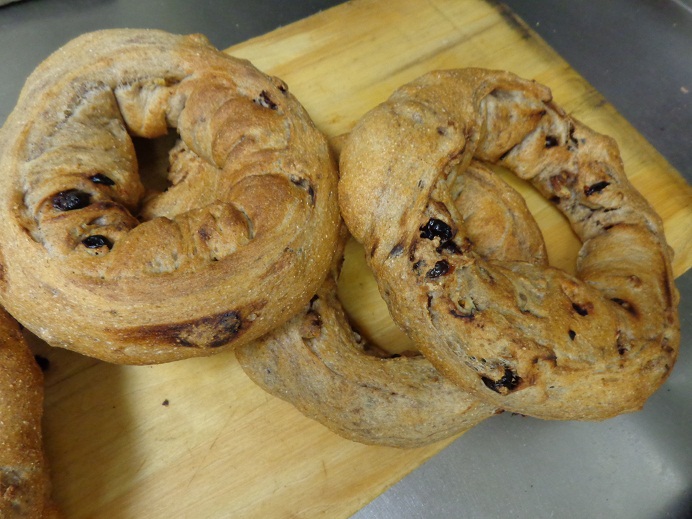
Natural yeast is everywhere. If you have a little patience and water and flour you can raise your own bread or pizza dough easily.

